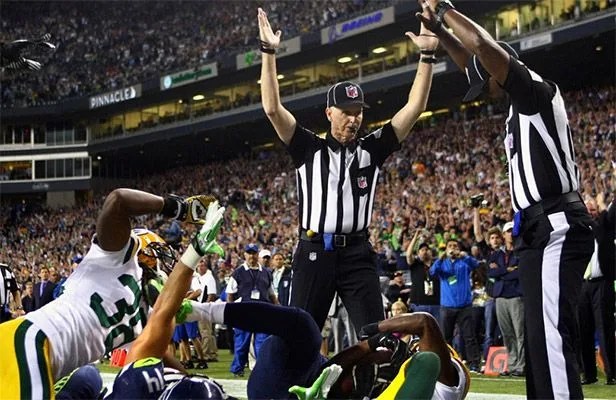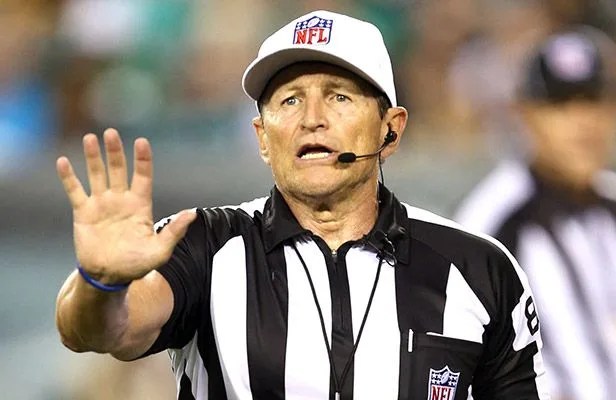NFL rules can be confusing for both first-timers and die-hard ticket holders. So confusing in fact, that coaches, players and even referees sometimes get them wrong. And with the NFL rulebook changing every season including this one, it can be especially difficult to keep up. Before you call them out incorrectly at the Sunday tailgate, study up on five new or amended rules for the 2015 season.
Catch vs. No Catch (Dez Bryant Rule)
[youtube=https://www.youtube.com/watch?v=4oSgdm94CAE?rel=0&showinfo=0?rel=0?w=650?h=366]
One of the most controversial plays from last season was Dez Bryant’s catch-or-no-catch vs. the Green Bay Packers. In the 4th quarter with 4 minutes left on 4th down, Tony Romo lobbed a pass towards the corner at the 1-yard line. It looked as though Bryant had full control of the ball when he came down and the ruling on the field was a catch — but was then overturned, due to the ball touching the ground before Bryant had full control.
The play was so controversial that it sparked the NFL to rewrite the rule that defines a completed catch. As the new rule states: “To gain possession of a loose ball that has been caught, intercepted, or recovered, a player must have complete control of the ball and have both feet or any other part of his body, other than his hands, completely on the ground inbounds, and then maintain control of the ball until he has clearly become a runner. A player becomes a runner when he is capable of avoiding or warding off impending contact of an opponent.” This re-write replaces the language stating that a player has to make a “football move” after gaining control of the ball to gain a completion. The question at large always loomed as to what exactly a “football move” referred to.
The new language remains confusing. Former VP of Officiating from the NFL attempted to explain it further on his Twitter page earlier this year. “A player is considered to be going to the ground if he does not remain upright long enough to demonstrate that he is clearly a runner,” he wrote. “If a player goes to the ground in the act of catching a pass (with or without contact by an opponent), he must maintain control of the ball until after his initial contact with the ground, whether in the field of play or the end zone. If he loses control of the ball, and the ball touches the ground before he regain control, the pass is incomplete. If he regains control prior to the ball touching the ground, the pass is complete.”
If you are still confused, you’re not alone. But the takeaway is this: look for receivers to go out of their way to get two feet down and secure the ball to prove to refs that they’ve made a catch.


